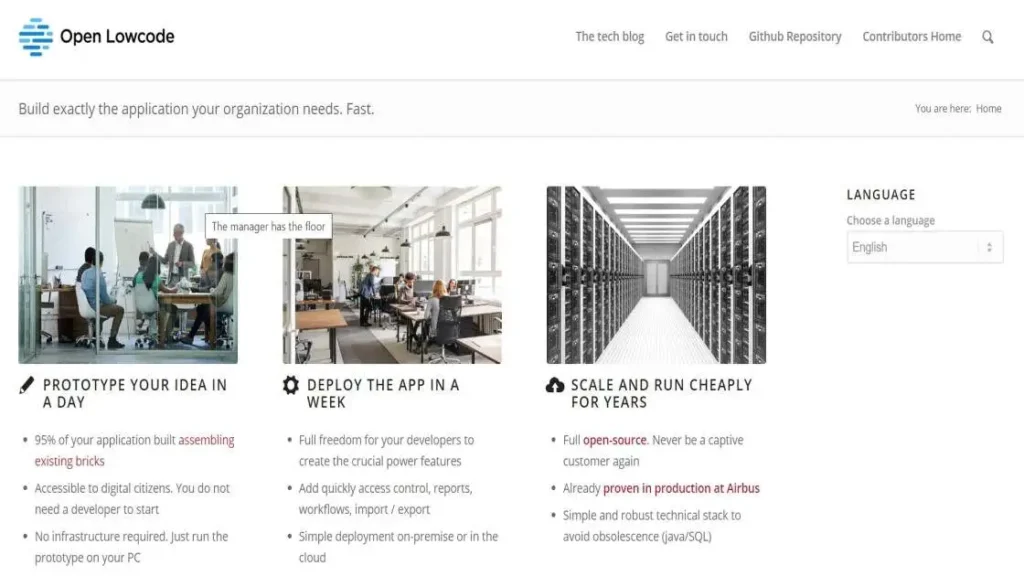Misconceptions About No-Code Mobile App Testing
- Contributing Author
It’s no secret that a NoCode Revolution is afoot, bringing with it a wide variety of new
approaches and solutions that were once impossible. Some of the more visible
examples of this ongoing shift are websites like Squarespace and Wix, allowing users to
produce websites without any knowledge of code, but a wide variety of other solutions
are also finding their way into the domains of specialists, including formerly tedious and
complex areas like the medical industry and testing the apps we use throughout our
daily lives.
However, as with any fundamental shift in the technological landscape, the NoCode
Revolution is sometimes met with misconceptions. Some of the criticisms I’ve
encountered are valid—NoCode is after all an evolving and developing technology—but
others are based on the reception of older forms of the technology, and others are
simple misunderstandings.
In this article, I’d like to discuss six different misconceptions I’ve personally encountered
at the forefront of the NoCode Revolution. While these misconceptions may be specific
to my background—NoCode mobile app testing—specialists in other industries may find
that these sound familiar with what they’re experiencing.
Six misconceptions
So, in no particular order, let’s take a look:
1. NoCode is more expensive: I have witnessed the curious claim that NoCode is
somehow more expensive than manual-code more than a few times. While I’m
uncertain from where this notion ultimately derives, I suspect that it’s due to the
initial sticker cost of introducing NoCode solutions over the traditional status quo.
NoCode’s upfront cost can seem daunting when an operation has relied on other
processes.
However, as staffing becomes increasingly challenging and companies turn their
attention to receiving a return on their investments, it becomes more obvious that
business-as-usual is simply not going to cut it. In turn, I’ve seen much less of this
discussion over the last few years, and very little of it during the uncertain
landscape of difficult hiring and layoffs we’ve seen over the past year in
particular.
2. NoCode can’t handle complex scenarios: This one is more of a mixed bag. At
this time, it’s true that not all testing cases are appropriate for NoCode mobile
app testing. For example games running on Unity don’t make for great NoCode
mobile app testing cases.
Yet most mobile app testing needs fit quite easily into the latest crop of NoCode
mobile app testing solutions. Beyond testing non-game mobile apps and
specialized approaches like virtual or augmented reality, NoCode can
increasingly do it all. And it’s just a matter of time before NoCode app testing
conquers the specialized scenarios required of those rapidly changing—and
often experimental—app categories.
3. NoCode isn’t customizable for my use case: This one is in many ways quite
similar to misconception number two. I suspect this stems from an earlier version
of NoCode. In truth, NoCode mobile app testing has grown leaps and bounds
over the last year.
At Sofy, the company I founded and lead, we’ve witnessed tremendous change
and vastly expanded capabilities for our NoCode mobile app testing platform over
the last year alone. I have no doubt that every other NoCode mobile app testing
platforms in the space have witnessed the same.
4. NoCode cannot be governed: One of the major goals of contemporary NoCode
solutions is integration with existing systems. Nobody wants to introduce
something that breaks or doesn’t play nice with their favorite CI/CD setup.
Additionally, nobody wants to introduce a new approach into their ecosystem that
cannot be governed. Fortunately, nowadays no-code solutions generally support
the systems development lifecycle (SDLC).
5. NoCode cannot scale: This makes for one of the biggest misunderstandings on
this list. In reality, NoCode mobile app testing is in a place today where it can
handle any scale, from the smallest testing job up to the biggest—and with ease.
This may have been a limitation in the past, but it is certainly not today.
In fact, the ability to scale with testing needs is one of NoCode’s greatest
strengths over traditional manual-coded approaches, and a primary area in which
companies see huge ROI when introducing no-code mobile app testing. In a
period in which ROI is suddenly a big focus for so many companies, this is a
huge strength.
6. NoCode requires lots of maintenance: A sixth big misconception I’ve
encountered is that NoCode mobile app requires a lot of nannying and
maintenance, like requiring QA teams to recreate a scenario instead of changing
code (that is, file replacement). Perhaps a remnant of earlier phases of NoCode
testing, this simply isn’t the case today.
One of the major benefits of NoCode mobile app testing is how little it requires of
the tester over traditional manual-code automated testing. Everyone needs to
shift left as early in production as possible and to test as much as possible, but
nobody wants to spend their time fiddling with automation, and this is certainly
another area where no-code testing truly excels.
Understanding and observing evolution
NoCode may seem novel, but it’s really not: NoCode approaches—whether in the
context of testing or otherwise—are the result of a natural and even predictable process
known as abstraction. Through this process, the complex becomes simple, allowing
users to spend less time setting the stage for things to happen and more time making
things happen.
For example, today we take for granted the benefits of the operating system. Whether
we’re using Microsoft’s Windows, Apple’s macOS and/or iOS, or Google’s Android,
many of us interact with tools via operating systems throughout our day and don’t think
a second thought about it. No one needs to know code to use a computer or a mobile
device. It feels entirely natural. We have abstraction to thank for this.
Like the early days of those well-known interfaces, NoCode testing solutions are
experiencing rapid innovation, change, and updates. They will continue to do so until
another layer of abstraction occurs in the future. In the meantime, my advice is to avoid
painting NoCode—a rapidly developing and expanding technology—with any
preconceived notions.
If the history of abstraction is any indication, I expect we’ll only see more and more NoCode solutions, and with them, less and less misconceptions.
Syed Hamid is the CEO and founder of Sofy, a no-code automated mobile app testing platform. Millions of people use mobile apps every day, and app development teams must test their apps before every release/update. This increasingly complex and resource-intensive process is time-consuming. Fortunately, Sofy’s innovative platform makes the necessity of testing mobile apps swift and painless. Before starting Sofy in2016, Syed worked as an engineering leader for nearly two decades at Microsoft.
follow us
Easy NoCode Tools for Non-Tech Beginners

NoCode Tool: Dorik
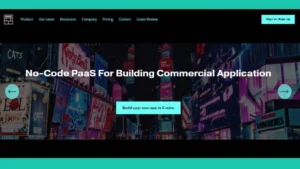
NoCode Tool: Bricks
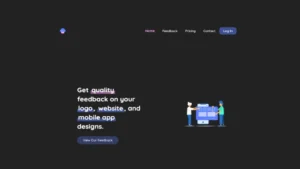
NoCode Tool: Pastryy

Women In The NoCode Space – Edition 2

Women In The NoCode Space
NoCode Tool: Joonbot
Easy NoCode Tools for Non-Tech Beginners
Explore related posts
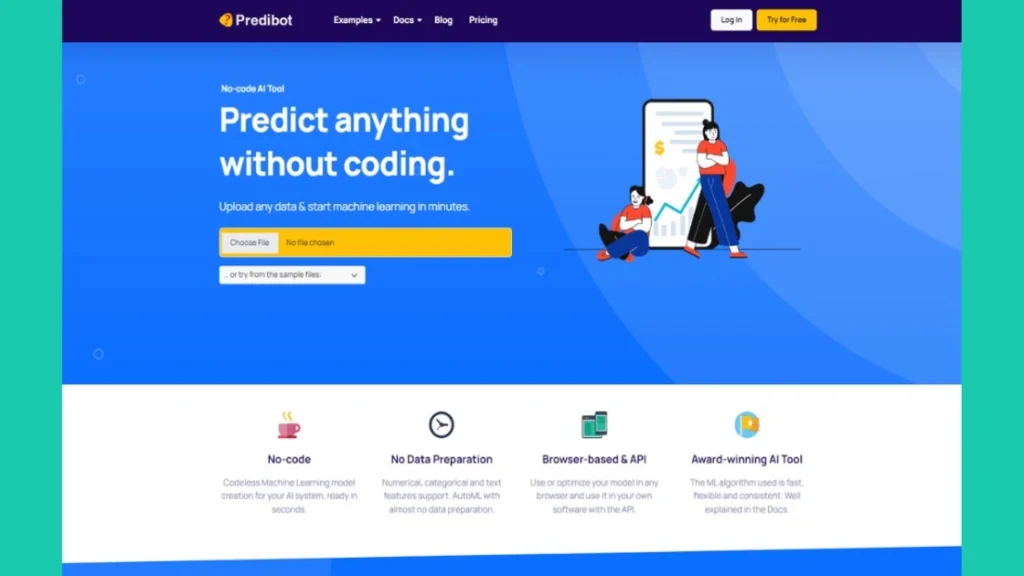
NoCode Tool: Predibot

What Is Notion AI AND Ways To Use This Powerful New Tool
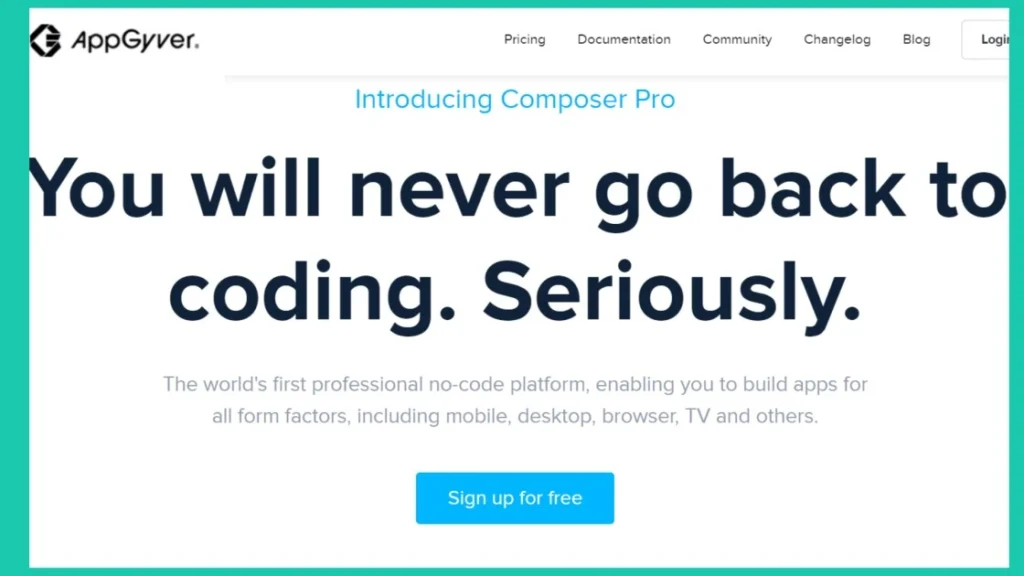
NoCode Tool: AppGyver
